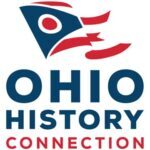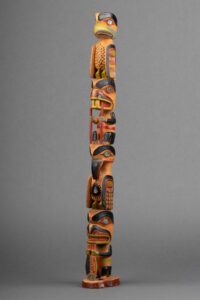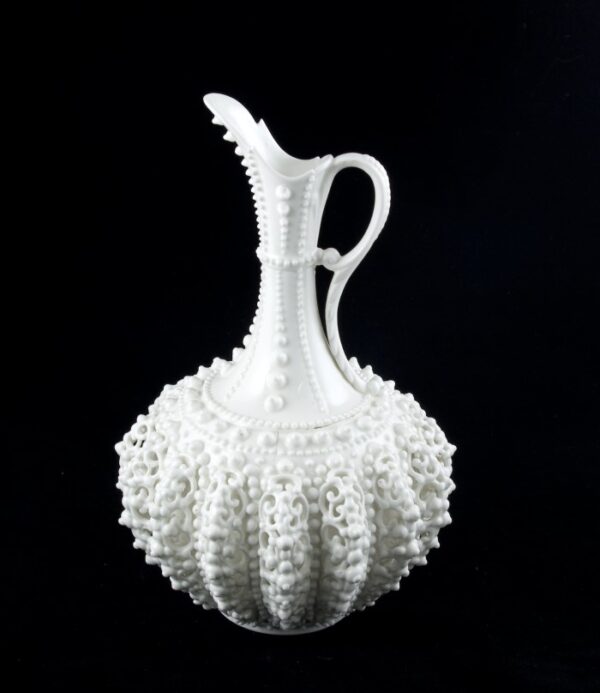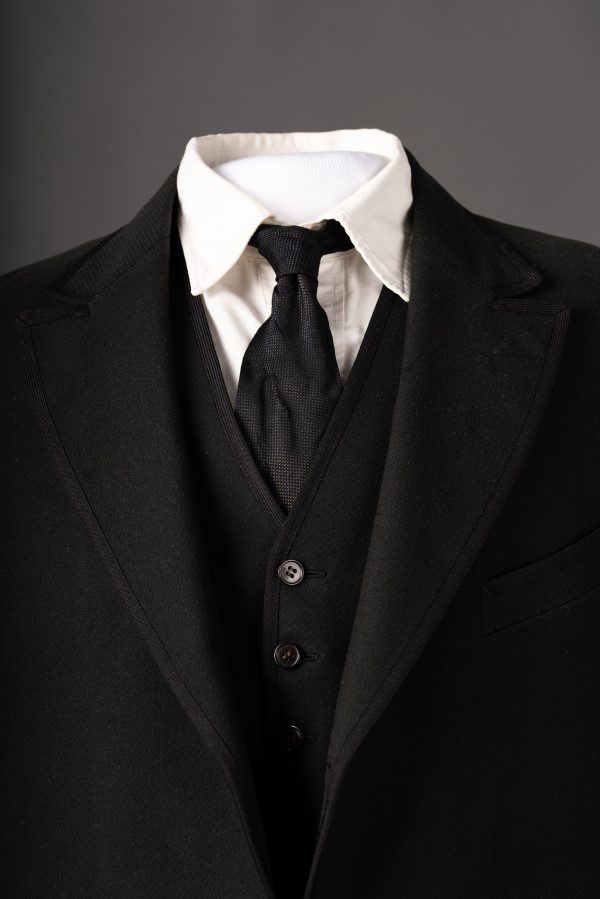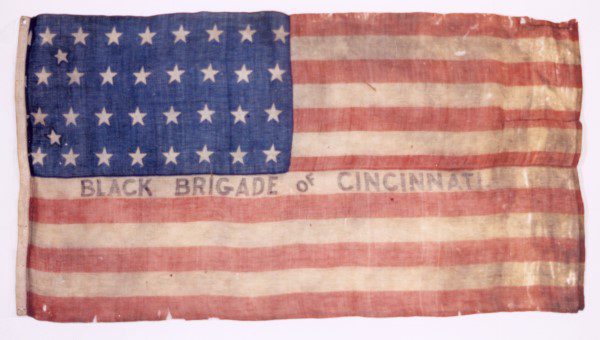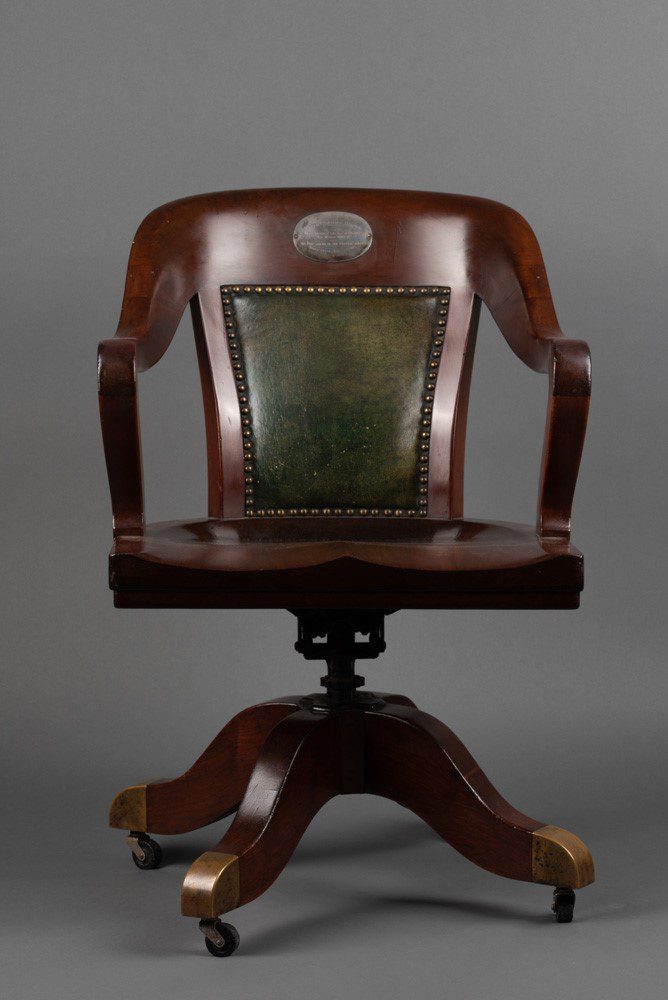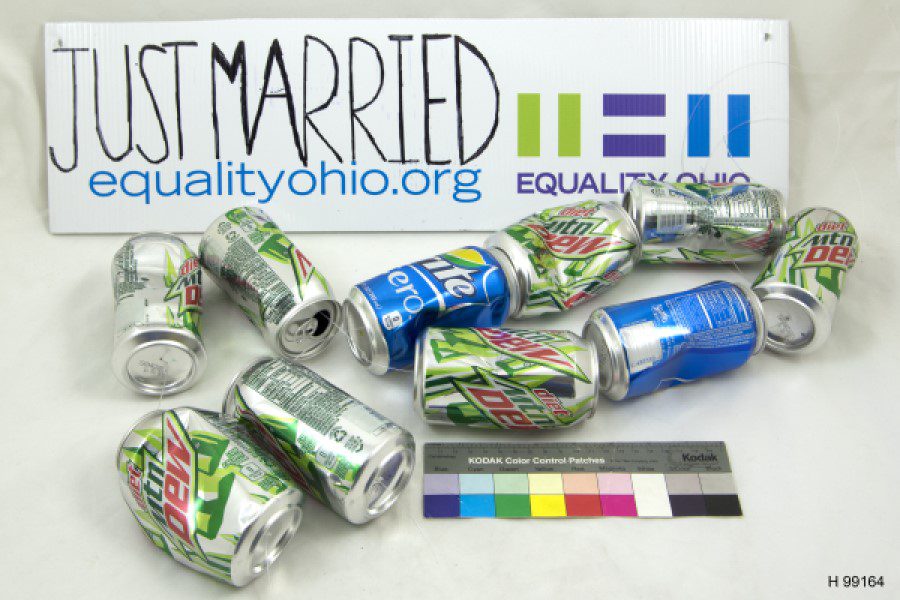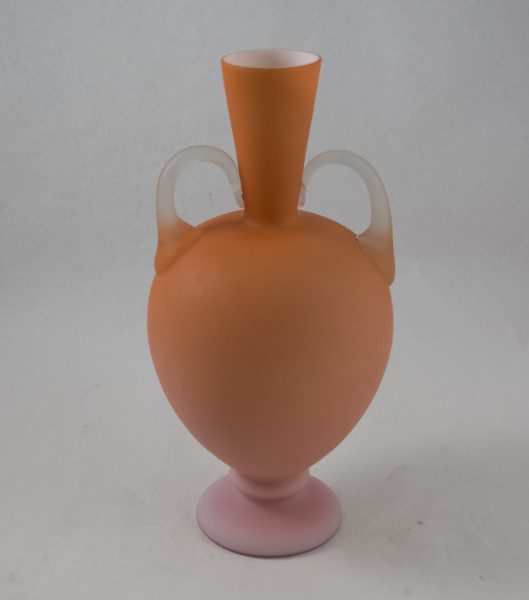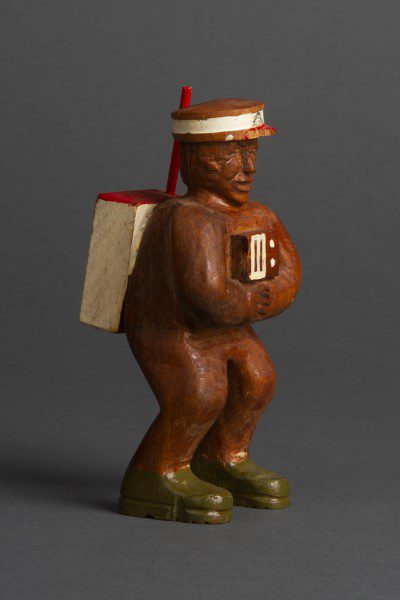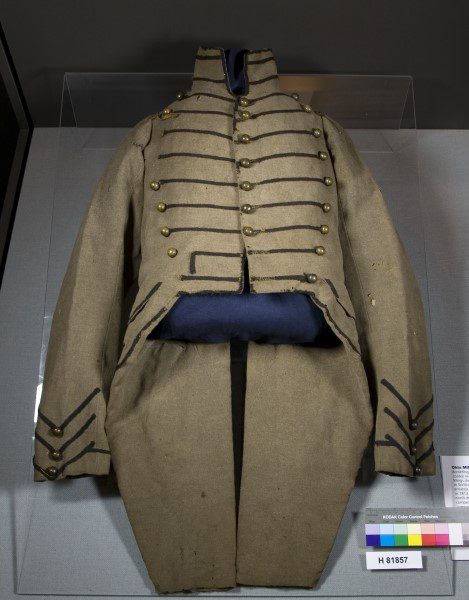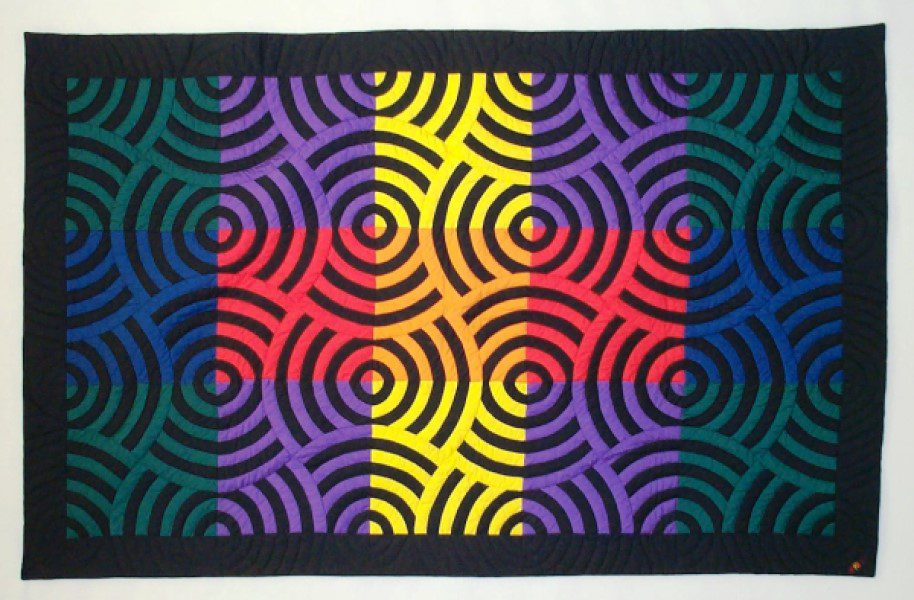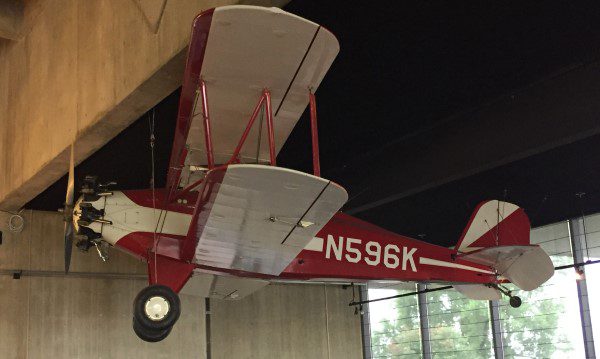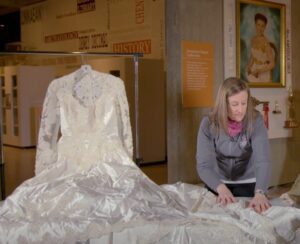Ceramics
The ceramics collection includes both utilitarian and decorative objects, including pitchers, crocks, vases, figurines and plates. The collection consists of stoneware, earthenware, yellowware, whiteware, art pottery, ceramic tile and porcelain made by individuals and companies throughout Ohio. The manufacturing dates for objects in this collection span the history of the state. The collection also has tools for making ceramics, such as ceramic molds and machinery. While focused on Ohio-made ceramics, the collection contains some imported English and other European ceramics commonly used in Ohio.
